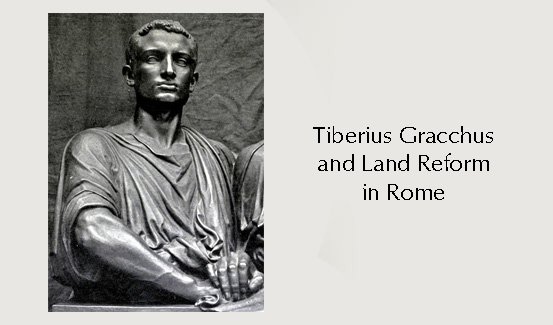A Complete List of the Byzantine Emperors from 324 AD until the fall of Constantinople in 1453. Here is a complete list of the Byzantine emperors, from the founding of the Byzantine Empire in 324 AD until the fall of Constantinople in 1453: Constantine I the Great (324-337) Constantine II (337-340) Constans I (337-350) Constantius …
More-
A Complete List of the Byzantine Emperors
-
Byzantine Inventions
Byzantine Inventions and Innovations The Byzantine Empire was known for many important inventions and innovations, particularly in the fields of architecture, engineering, medicine, and military technology. Here is a more comprehensive list of some of the most important Byzantine inventions: Greek Fire – an incendiary weapon used by the Byzantine navy that was composed of …
More -
Tiberius Gracchus and Land Reform in Rome
Tiberius Gracchus and his Reforms Tiberius Gracchus was a Roman politician who lived in the 2nd century BCE. He was born into a prominent and wealthy family, and he served as a military tribune in Spain before entering politics. Tiberius was elected to the office of tribune of the plebs in 133 BCE, and it …
More -
Who was Tostig Godwinson?
Who was Tostig Godwinson? Tostig Godwinson was an English nobleman who lived in the 11th century. He was the son of Earl Godwin of Wessex and his wife Gytha Thorkelsdóttir, and therefore the brother of King Harold Godwinson, who ruled England from 1066 to 1066. Tostig was Earl of Northumbria from 1055 to 1065, but …
More -
Who was Harald Hardrada?
Who was Harald Hardrada? Harald Hardrada was a Norwegian king who reigned from 1046 to 1066. He was born in 1015 in Ringerike, Norway, and was a member of the royal Yngling dynasty. Hardrada was a renowned warrior and commander, and he is often considered one of the greatest military leaders of his time. He …
More -
Frieze Gallery of the Trajanic Trophy
Welcome to our frieze gallery of the Trajanic Trophy. The Trajanic Trophy was originally erected in 109 AD following the Roman victory over the Dacians at the Battle of Adamclisi. The monument was surrounded by 54 frieze panels or ‘metopes’. These sculpted depictions show various images relating to the conquest including legionaries at war and …
More -
Trophies in Classical Greece and Rome
Trophies in Classical Greece and Rome Greek ‘tropaia’ / Latin ‘trophaea’ – from the Greek ‘trope’ meaning a turning point i.e. the rout of an enemy. Originally a Greek practice of marking the point on a battlefield where the defeat of an enemy took place. The Greek tradition of erecting an enemy suit of armour …
More -
Who was Emperor Zeno?
Who was Emperor Zeno? Zeno was the Eastern Roman Emperor from 474 to 475 and again from 476 until 491. Born in Tarasis, Isauria (Asia Minor) in around 425 and originally known as Tarasikodissa. His father was called Kodisa and his mother was called Lallis. His father had a first wife, Arcadia, who had an …
More -
What does Memento Mori mean?
What does Memento Mori mean? What does ‘Memento Mori’ mean? This is Latin phrase which translates as ‘remember that you (have to) die’ or sometimes just ‘remember death’. Memento Mori an important concept in Stoic Philosophy, a school of thought founded by Zeno of Citium in Athens in 301 BC and of prominence in the …
More








